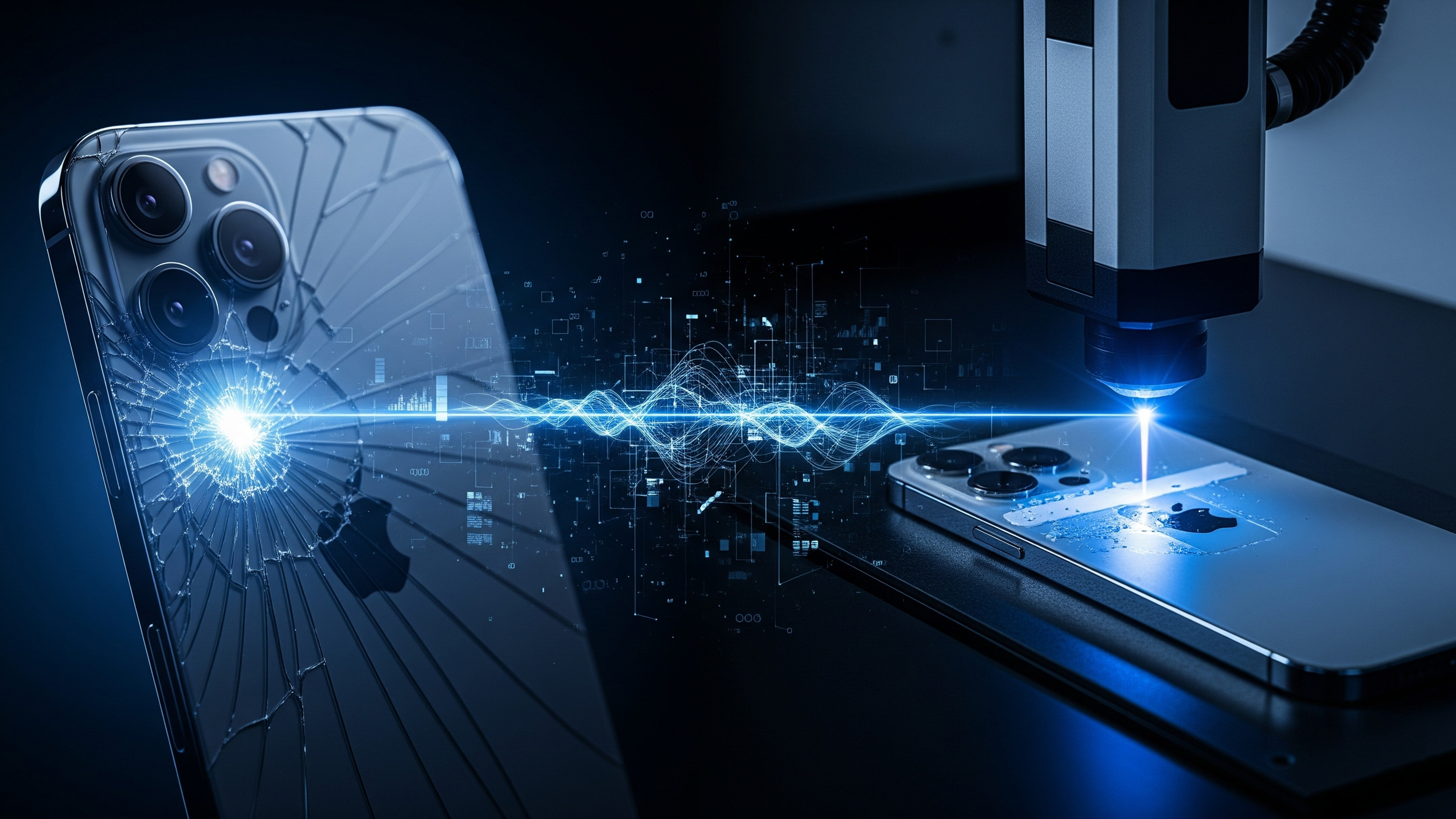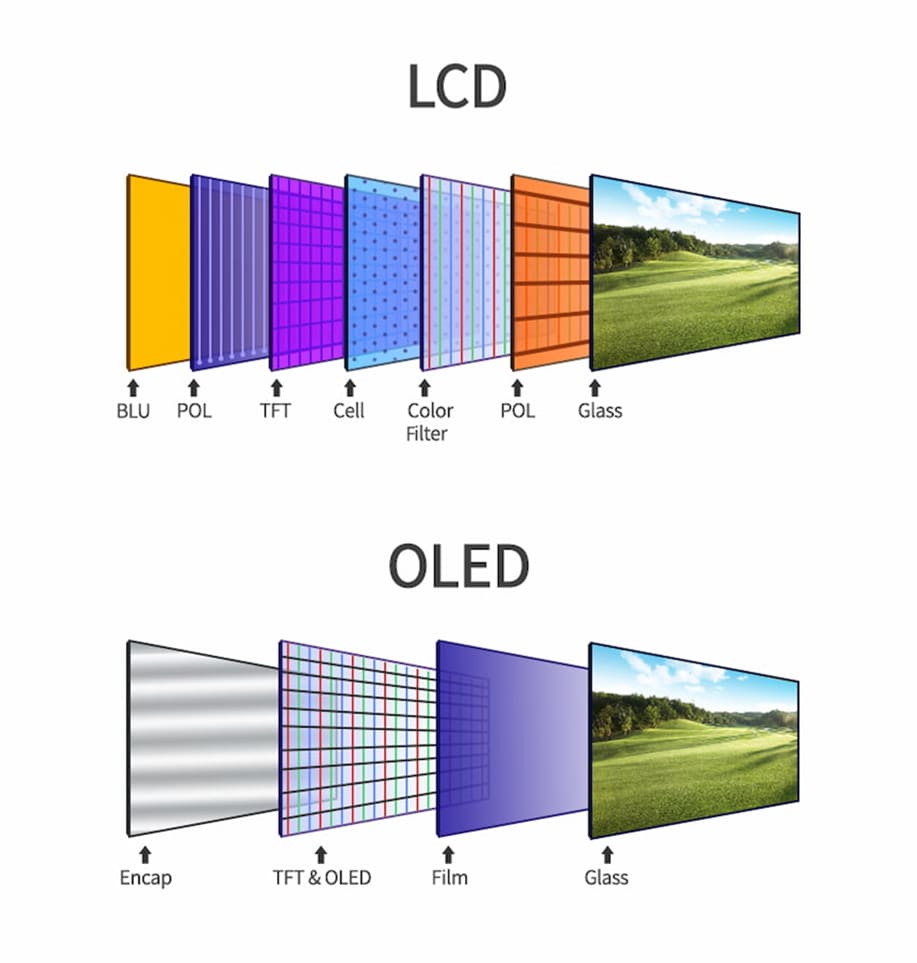Is Your iPhone 14 Pro Max Back Glass Worth Fixing? The Complete Cost-Benefit Guide for Repair Shop Owners
As a professional repair shop owner, you've likely encountered frustrated customers holding their iPhone 14 Pro Max with shattered back glass, asking the inevitable question: "How much will this cost me?" The answer isn't straightforward, and understanding the complexities can make the difference between a profitable repair service and a costly mistake that damages your reputation.
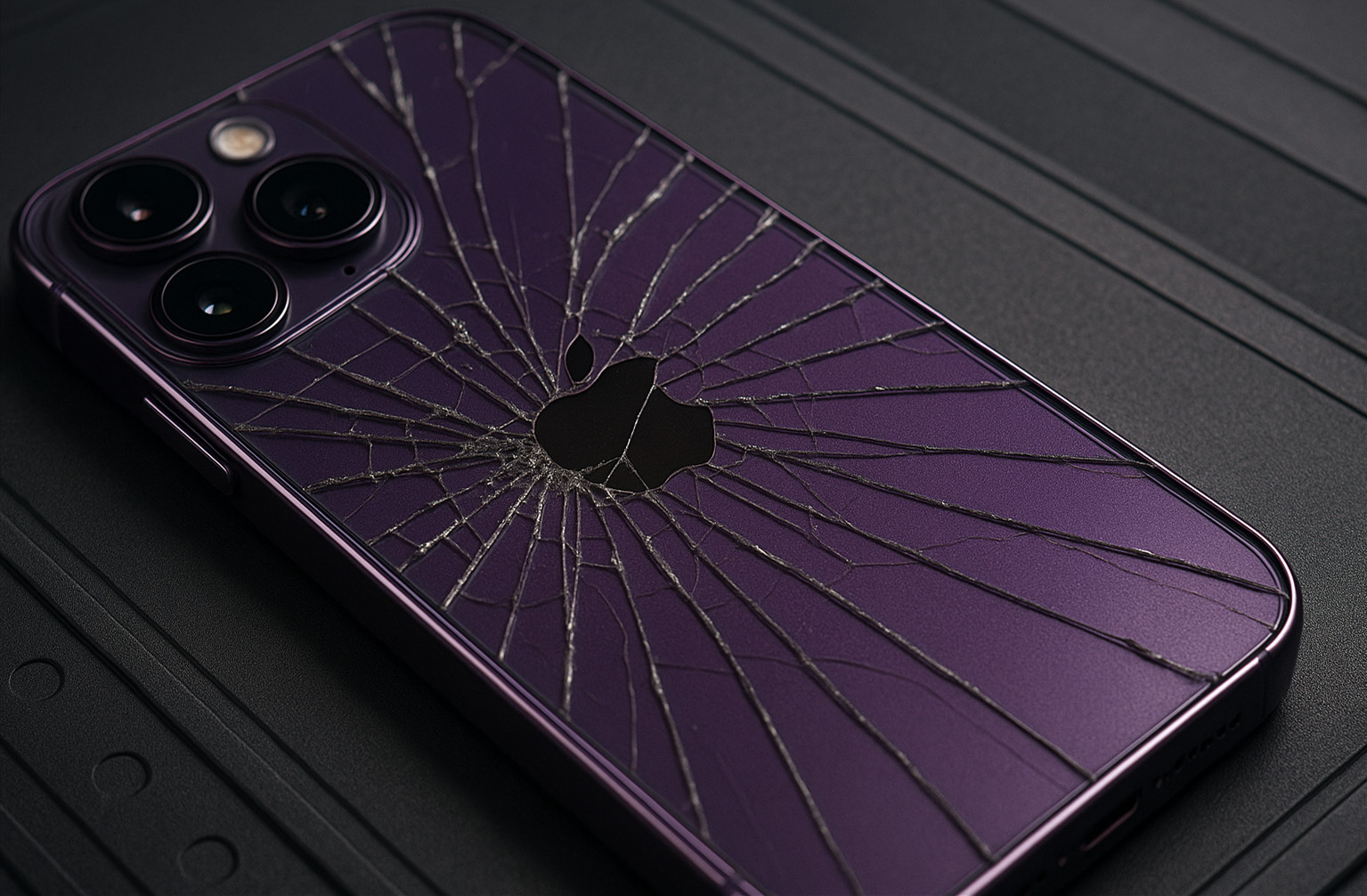 )
)
Featured Snippet: Professional iPhone 14 Pro Max back glass replacement costs $200-$400 using laser separation methods, compared to Apple's $549 official service, but requires specialized equipment and expertise to avoid damaging wireless charging components and losing waterproof certification.
The iPhone 14 Pro Max represents a unique challenge in the smartphone repair industry. Unlike its base model counterpart which features Apple's redesigned modular frame, the Pro Max retains the complex uni-body construction that makes back glass replacement one of the most technically demanding repairs in modern smartphones. For repair shop owners, this presents both an opportunity for premium service pricing and significant technical risks that could result in complete device failure.
Table of Contents
- Why Is iPhone 14 Pro Max Back Glass Repair So Expensive?
- What Are the Professional Repair Methods Available?
- How Do You Minimize Risk During Complex Repairs?
- Which Tools and Resources Deliver the Best ROI?
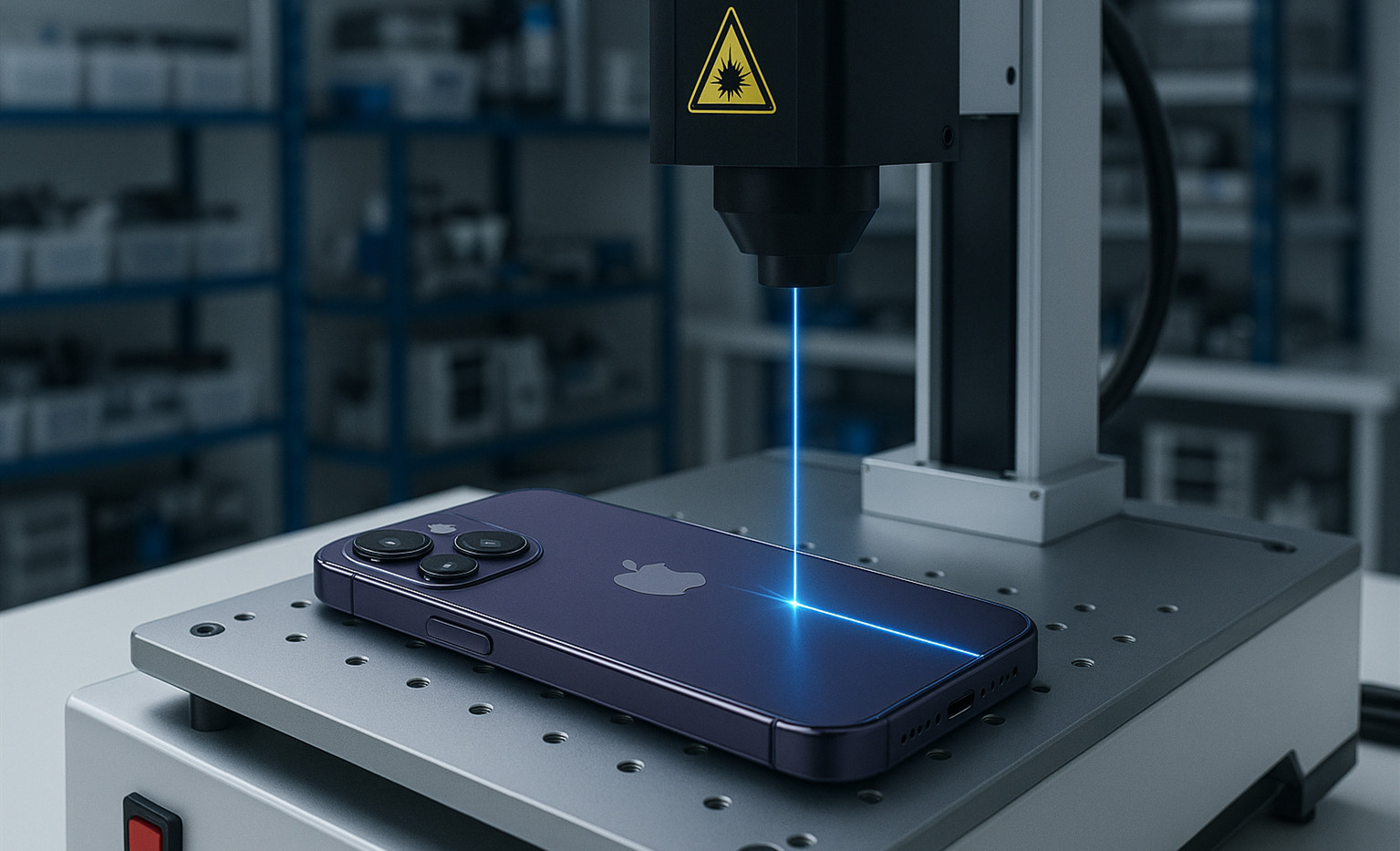
Why Is iPhone 14 Pro Max Back Glass Repair So Expensive?
The iPhone 14 Pro Max's back glass replacement difficulty stems from Apple's engineering decisions that prioritize device integrity over repairability. Unlike the base iPhone 14, which introduced a revolutionary mid-frame design allowing separate access to both front and rear panels, the Pro Max maintains the previous generation's complex construction.
The back glass is bonded to the chassis using industrial-strength adhesive that repair technicians describe as "almost as hard as cement." This adhesive serves multiple purposes: it provides structural rigidity, maintains IP68 waterproof certification, and ensures proper wireless charging coil alignment. However, it also means that removal requires either complete device disassembly or specialized laser equipment.
Apple's official repair cost of $549 reflects this complexity - in most cases, they simply replace the entire device rather than attempting glass-only repairs. This pricing strategy essentially makes the repair cost approach 45% of the device's original value, creating a significant market opportunity for professional repair shops that can offer the service for $200-$400.
The technical challenges include safely removing components like the MagSafe charging coil, NFC antenna, rear microphone, and camera modules without damaging delicate flex cables. The camera cutouts feature double-thick glass welded to metal rings, requiring precise heating or laser cutting to separate cleanly.
| Repair Complexity Factor | Impact on Cost | Risk Level |
|---|---|---|
| Industrial adhesive removal | High labor time (2-4 hours) | Medium |
| Wireless charging coil protection | Specialized techniques required | High |
| Camera module safety | Precision disassembly needed | High |
| Waterproofing restoration | Premium adhesive materials | Medium |
| Quality control testing | Extended service time | Low |
Quick Knowledge Check: What makes iPhone 14 Pro Max back glass repair more expensive than iPhone 14? A) Different glass material B) Uni-body construction vs modular design C) More expensive replacement parts D) Higher labor rates
Answer: B - The Pro Max uses uni-body construction requiring complete disassembly, while the base iPhone 14 features modular design with removable panels.
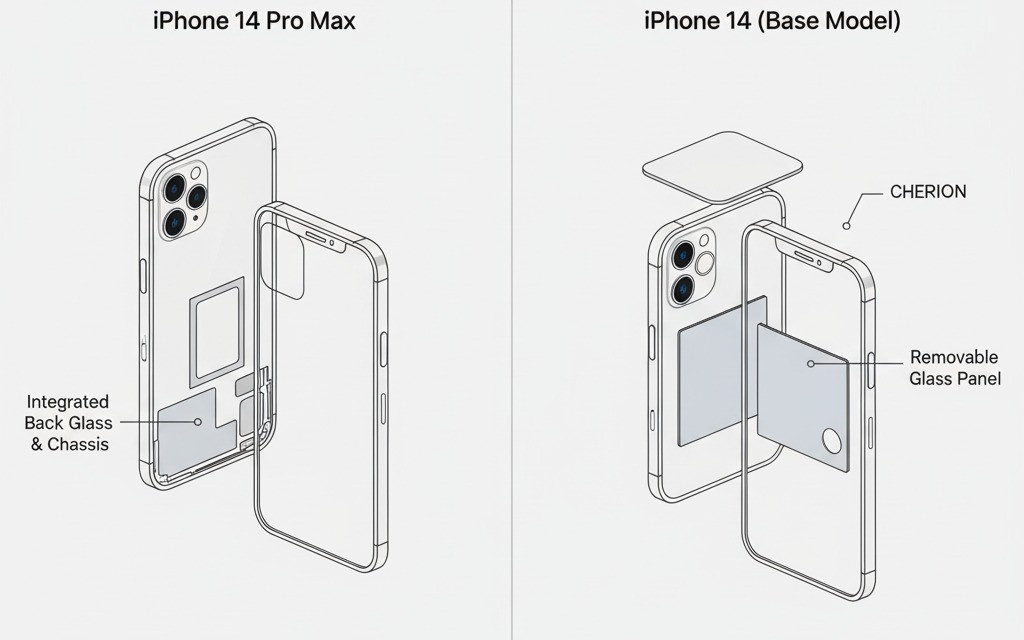
What Are the Professional Repair Methods Available?
Professional repair shops have three primary approaches to iPhone 14 Pro Max back glass replacement, each with distinct cost-benefit profiles and technical requirements. Understanding these methods helps you choose the right approach for your shop's capabilities and customer base.
Laser Separation Method represents the current industry standard for high-volume repair shops. CO₂ laser systems precisely ablate the adhesive layer beneath the glass without subjecting internal components to excessive heat. This method requires significant upfront investment ($15,000-$30,000 for professional-grade equipment) but offers the highest success rate and fastest turnaround time.
The laser method allows technicians to complete repairs in 1.5-2 hours compared to 4-6 hours for manual methods. Success rates exceed 95% when performed by trained technicians, and the controlled heat application minimizes risk to sensitive components like Face ID sensors and wireless charging coils.
Complete Disassembly Method offers an alternative for shops without laser equipment. This approach involves removing all internal components before applying heat and mechanical force to separate the glass. While more labor-intensive, it completely eliminates heat damage risk to electronics and can achieve excellent results with proper technique.
The disassembly method requires extensive technical knowledge and organization skills, as dozens of microscopic screws and delicate connectors must be carefully tracked and reassembled. However, it allows for thorough internal cleaning and component inspection, potentially identifying other issues before they become failures.
Housing Replacement Method involves transplanting all components into a new rear housing with pre-installed glass. This approach eliminates glass removal entirely but requires complete device rebuilding. It's often preferred when the existing housing shows signs of damage beyond the cracked glass.
| Repair Method | Equipment Cost | Labor Time | Success Rate | Skill Level Required |
|---|---|---|---|---|
| Laser Separation | $15,000-$30,000 | 1.5-2 hours | 95%+ | Advanced |
| Complete Disassembly | $500-$1,000 | 4-6 hours | 85-90% | Expert |
| Housing Replacement | $200-$500 | 3-4 hours | 90-95% | Intermediate-Advanced |
| Manual Scraping | $100-$300 | 6-8 hours | 60-70% | Expert |
Technical Assessment Quiz: Which repair method offers the best balance of investment cost and success rate for a mid-sized repair shop? A) Laser separation - highest success rate B) Complete disassembly - lowest equipment cost C) Housing replacement - moderate investment, high success D) Manual scraping - lowest barrier to entry
Answer: C - Housing replacement provides excellent success rates with moderate equipment investment, making it ideal for shops building technical capabilities.
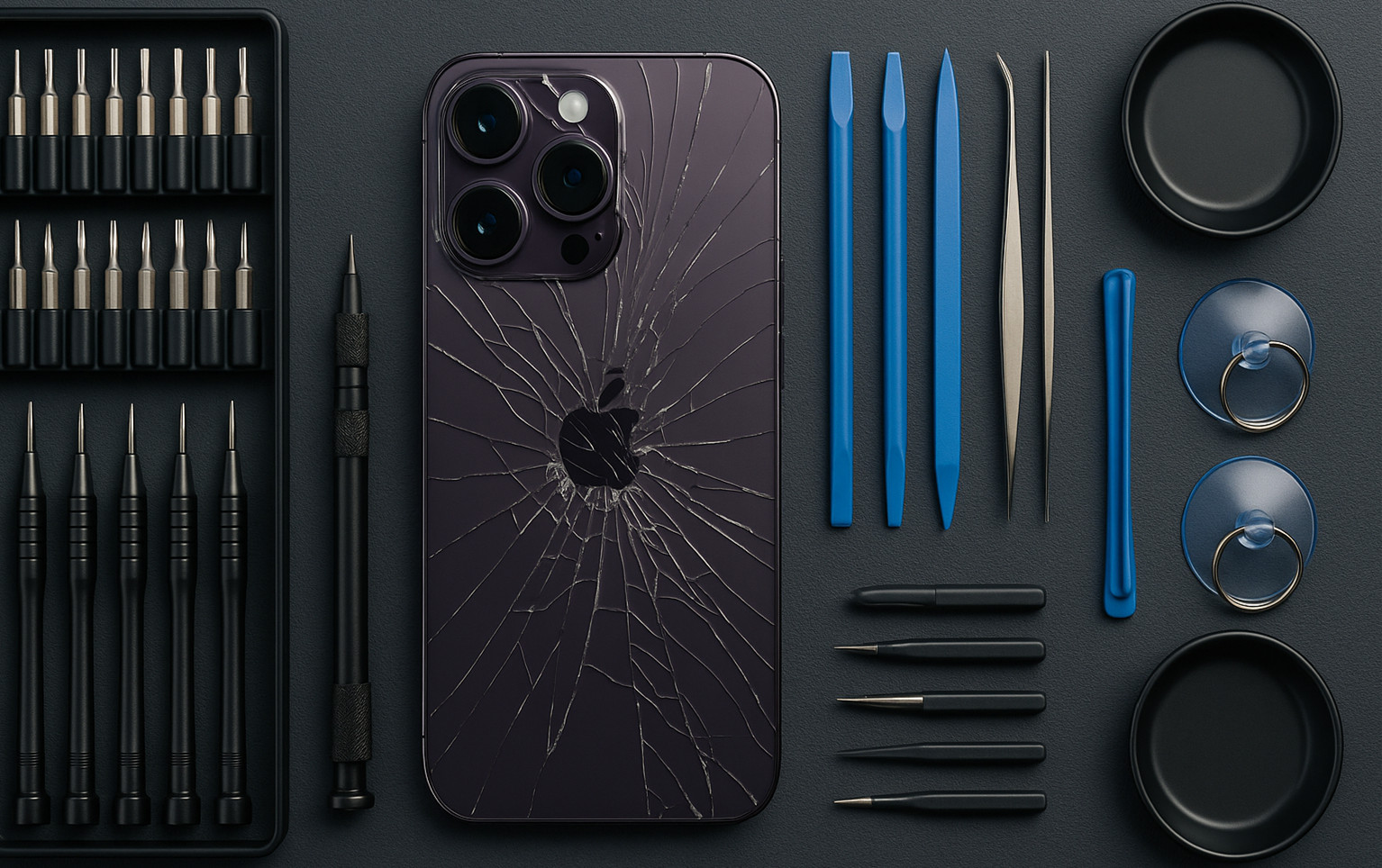
How Do You Minimize Risk During Complex Repairs?
Risk management in iPhone 14 Pro Max back glass repair centers on protecting high-value components and maintaining customer trust through transparent communication. The most critical risks include heat damage to internal components, physical damage during disassembly, and loss of device functionality that could result in total loss claims.
Component Protection Strategies begin with proper pre-repair assessment and customer communication. Document all existing issues, test all functions, and obtain written acknowledgment of repair risks. Remove or shield sensitive components like cameras and sensors before applying heat or laser treatment. Use temperature monitoring throughout the process to prevent thermal damage.
Battery safety deserves special attention, as lithium-ion batteries can enter thermal runaway if exposed to excessive heat. Always discharge batteries below 25% before repair and use thermal barriers to protect the battery compartment during glass removal. Install temperature sensors on critical components to provide real-time monitoring during heated removal processes.
Quality Control Protocols should include comprehensive testing of all device functions before customer pickup. Verify wireless charging functionality, camera performance, microphone operation, and sensor calibration. Document any functionality changes and provide customers with detailed repair reports including warranty terms for your work.
The loss of waterproof certification is inevitable with any third-party back glass repair, regardless of method quality. Professional adhesive application and proper sealing techniques can restore structural integrity, but IP68 certification cannot be guaranteed without Apple's specialized equipment and calibration processes.
Customer Communication Best Practices include setting realistic expectations about repair outcomes and potential functionality changes. Provide detailed estimates including worst-case scenarios, explain warranty limitations clearly, and offer alternatives when repair risks exceed customer comfort levels.
| Risk Category | Mitigation Strategy | Success Rate Impact | Cost Impact |
|---|---|---|---|
| Heat damage | Temperature monitoring + component removal | +15% | Medium |
| Physical damage | Proper tooling + technique training | +20% | Low |
| Functionality loss | Comprehensive pre/post testing | +10% | Low |
| Customer disputes | Detailed documentation + clear communication | N/A | High |
Risk Management Assessment: What is the most critical step in minimizing repair risks? A) Using the most expensive equipment B) Complete component removal before heating C) Comprehensive pre-repair documentation D) Offering the longest warranty
Answer: C - Proper documentation protects against disputes and ensures customers understand risks before repair begins.

Which Tools and Resources Deliver the Best ROI?
Successful iPhone 14 Pro Max back glass repair requires strategic investment in equipment that balances capability with cost-effectiveness. For repair shops, ROI calculations must consider equipment costs, training requirements, repair volume potential, and competitive pricing advantages.
Essential Equipment Categories
Professional Laser Systems
- Entry Level: CO₂ laser systems ($15,000-$20,000) suitable for 10-15 repairs weekly
- Mid-Range: Precision laser workstations ($25,000-$35,000) for high-volume operations
- Enterprise: Automated laser systems ($40,000+) for industrial-scale repair operations
Heating and Separation Tools
- Controlled heating plates with temperature monitoring
- Ultrasonic cleaning systems for adhesive removal
- Precision prying tools and glass breaking implements
- Vacuum systems for glass fragment removal
Quality Control Equipment
- Digital microscopes for component inspection
- Wireless charging test stations
- Waterproof testing chambers (for baseline measurement)
- Comprehensive diagnostic software suites
Recommended Professional Resources
• iFixit Pro Tool Kits - Industry-standard precision tools with lifetime warranty support • Mobile Sentrix Training Programs - Comprehensive certification courses for advanced repairs • Laser Equipment Suppliers - Direct partnerships with manufacturers for service support • Genuine Parts Sourcing - Authorized distributor relationships for OEM components • Insurance Coverage - Professional liability protection for high-value repairs
| Equipment Category | Initial Investment | Monthly Operating Cost | Break-Even Volume (repairs) |
|---|---|---|---|
| Basic Manual Setup | $1,000-$2,000 | $100-$200 | 5-8 repairs |
| Laser Workstation | $15,000-$30,000 | $500-$800 | 25-35 repairs |
| Complete Professional Suite | $35,000-$50,000 | $1,000-$1,500 | 45-60 repairs |
| Automated Production Line | $75,000+ | $2,000+ | 100+ repairs |
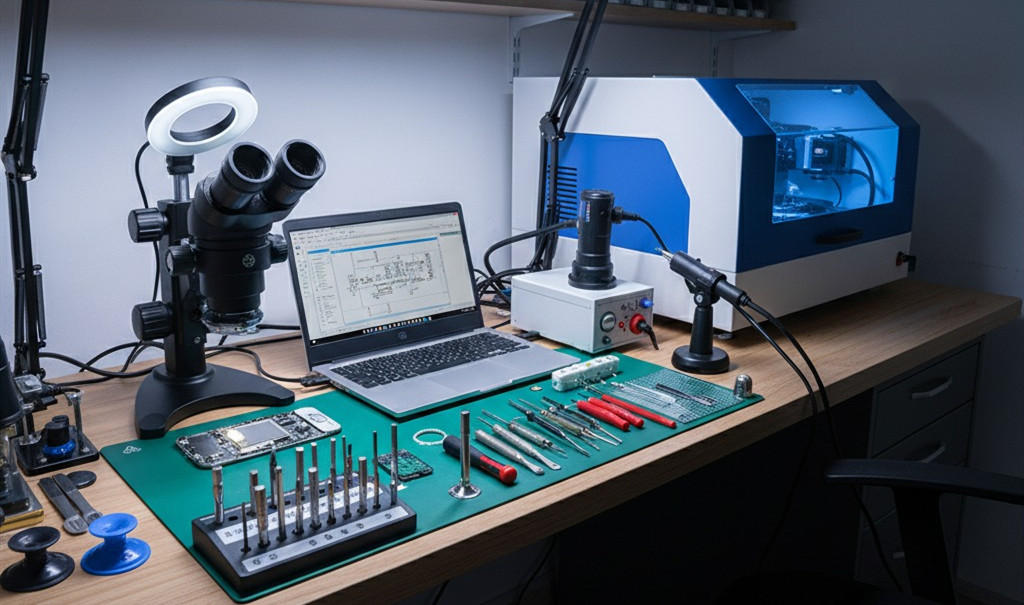
The iPhone 14 Pro Max back glass repair market represents a significant opportunity for professional repair shops willing to invest in proper equipment and training. While the technical challenges are substantial, shops that master these repairs can command premium pricing and build strong customer loyalty through expert service delivery.
Key Success Factors:
- Invest in appropriate equipment for your volume expectations
- Develop comprehensive risk management protocols
- Maintain transparent customer communication throughout the process
- Build relationships with quality parts suppliers
- Stay current with evolving repair techniques and industry standards
The repair industry is evolving rapidly, with Apple's iPhone 15 and 16 series featuring improved repairability that reduces back glass repair costs significantly. However, the large installed base of iPhone 14 Pro Max devices ensures continued demand for these specialized services for years to come.
For repair shop owners, mastering iPhone 14 Pro Max back glass replacement builds technical credibility, generates premium revenue, and positions your business as a destination for complex repairs that customers cannot complete themselves or find elsewhere at reasonable prices.
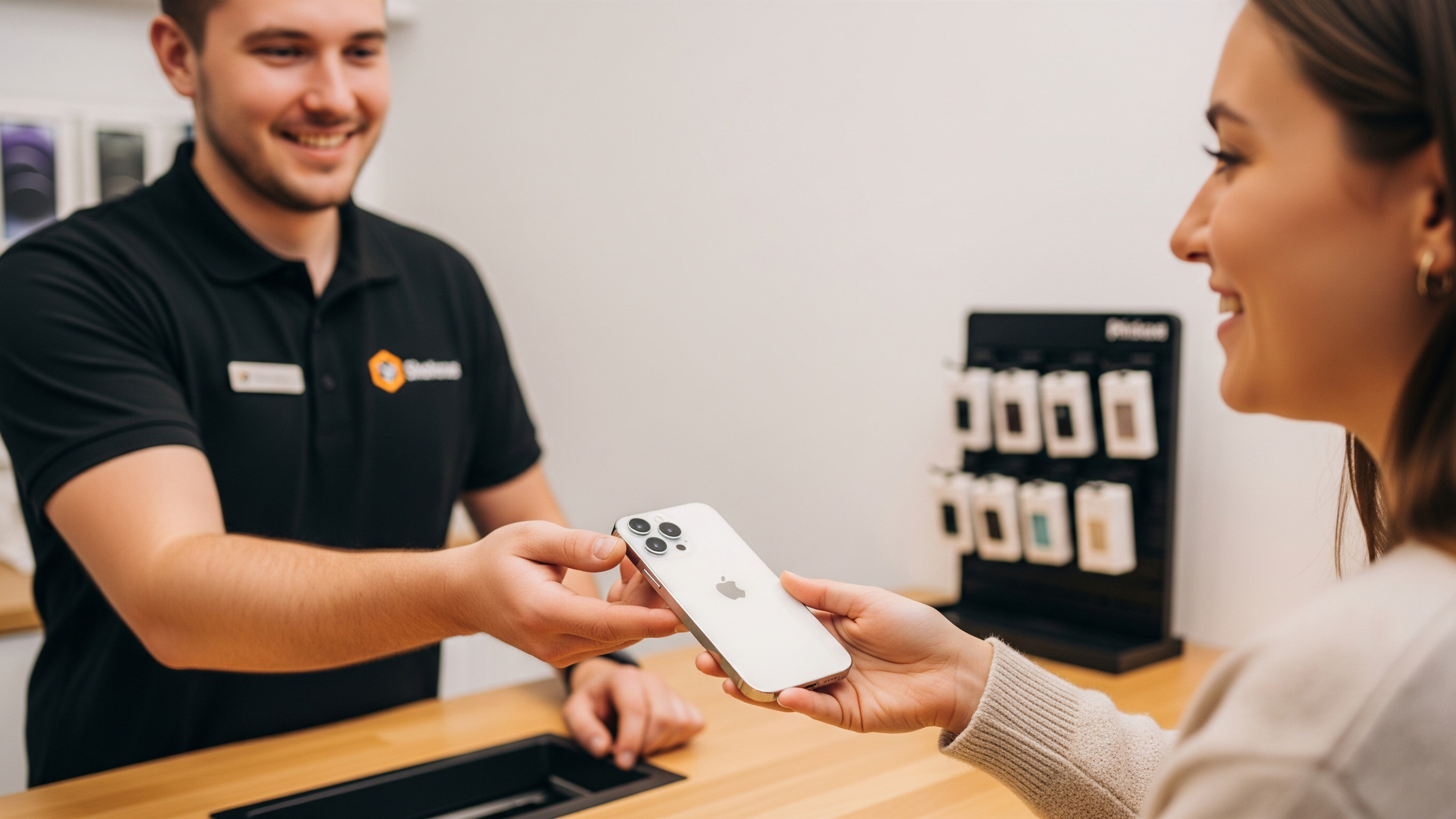
Further Reading
For continued professional development and industry insights:

